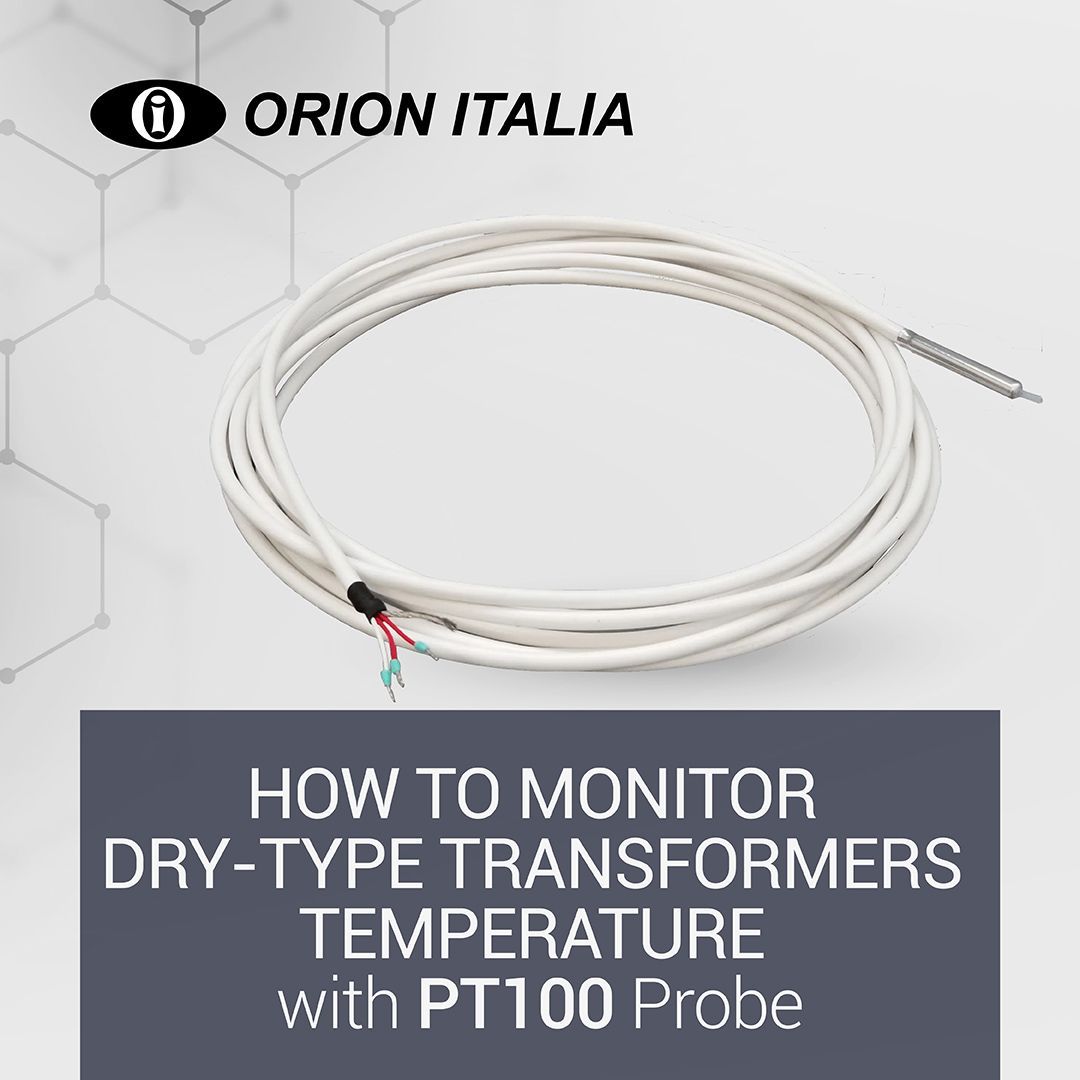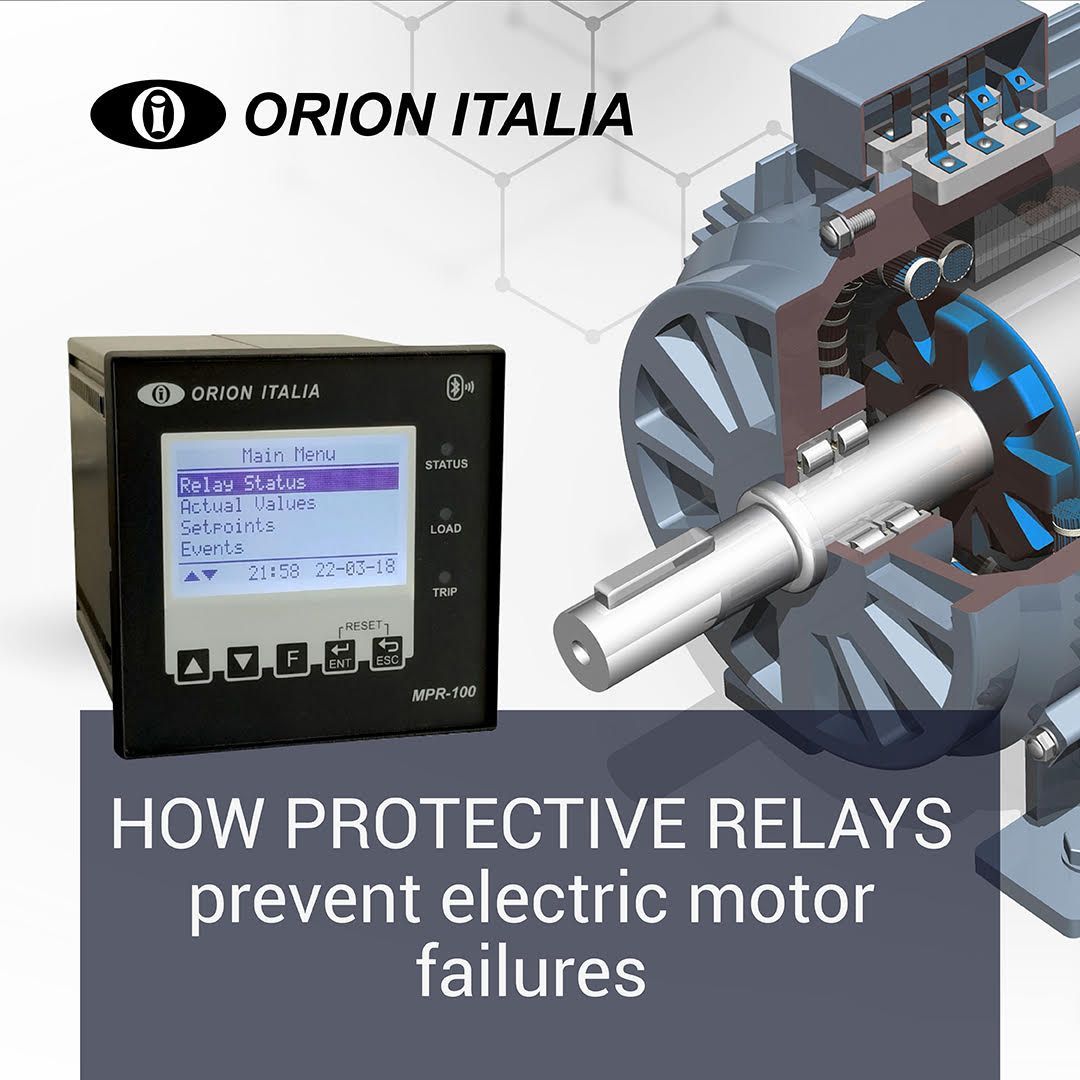Blog

How to Select the Right Current Transformer for Industrial Applications
Before selecting a current transformer (CT) in an industrial plant, critical factors need to be evaluated to ensure the chosen device is suitable for the plant's specific needs.
Current transformer applications
How does a current transformer work? Measurement or Protection?
Determine whether the Current Transformer will be used primarily for accurate measurements (e.g., energy accounting) or for protection purposes (e.g., detecting overcurrents).
CTs for measurement require high precision, as well as those for protection must respond reliably to prevent failures.
Electrical CT Parameters
Consideration of electrical current transformer parameters is important in designing a power distribution system.
Primary Current
Assess the maximum current that the primary circuit can carry. The Current Transformer must be able to handle this current without saturating.
Secondary Current
The standard secondary current is typically 1A or 5A. The choice depends on the plant's preferences and compatibility with existing equipment.
Current transformer Class
The classes of low-voltage current transformers are specified based on the required accuracy for measurements and are standardized to ensure proper interpretation of results.
Common classes for low voltage protection current transformers:
5P10 / 5P15 / 5P20
Initial Number (5): indicates the precision of the CT's measurement when used for protection purposes. In these examples, "5" corresponds to a precision of 5%. These values indicate how much the measured value by the CT can vary from the real value existing during an overcurrent event.
Letter (P): the letter "P" indicates that the CT is intended for protection purposes, meaning it is designed for detecting overcurrents or anomalies in the electrical system.
Subsequent Number (10, 15, 20): indicates the number of times the current transformer can withstand an overcurrent without saturating (within the accuracy class). In this case, "10","15","20" means that the CT can withstand an overcurrent of 10,15,20 times.
Common classes for low voltage measurement current transformers:
0.5 / 0.2
0.5: indicates a precision class of 0.5%, commonly used for standard measurements in industrial plants.
0.2: indicates a precision class of 0.2%, suitable for high-precision measurements in more advanced applications.
There may be additional subclasses (e.g., 0.2S) indicating further specifications regarding waveform and dynamic behavior of the current transformer. The choice of the class depends on the specific requirements of the application and the precision needed for measurements.
Are you searching for current transformers that meet the classes described above? Discover our range of current transformers.
Frequency Range
Ensure the Current Transformer operates effectively within the system frequency range where it will be installed.
Type of Installation
Current transformers can be classified based on where and how they are installed. The main categories are:
Indoor vs. Outdoor
CTs intended for outdoor use are designed to withstand adverse environmental conditions such as rain, snow, extreme temperatures and UV radiation. Those for indoor use are generally utilized in controlled environments, such as electrical panelboards.
Bar Type, Window Type or Wound Type
Bar type CTs are installed directly onto a rigid conductor. Window type CTs have an opening through which the primary conductor passes. Wound type CTs have the primary conductor wound around the transformer core.
Environmental Conditions
Ambient Temperature: consider temperature variations in the installation area and select a CT that can operate within these limits.
Humidity and Condensation: in high humidity environments or where there is a risk of condensation, current transformers must have improved insulation characteristics to prevent short circuits or failures.
Corrosion: in aggressive environments, such as industrial areas with chemical presence, or coastal zones where air salinity is high, CTs must have adequate protection against corrosion.
Altitude: altitude can affect CT performance since air density decreases with increasing altitude, affecting insulation properties. CTs for high altitudes are designed to maintain their performance in such conditions.
Physical Characteristics
Size, model and Mounting: ensure the current transformer fits the available space and that the model (bar type, wound type, etc.) is compatible with the installation.
Standards and Regulations
Compliance with Standards: verify that the CT complies with relevant international (e.g., IEC) or national standards for the application.
Certifications: check for any certifications required for use in particular or hazardous environments.
Additional Considerations
Ingress Protection (IP Rating): indicates the level of protection against the entry of solid objects and liquids.
Withstand and Thermal Load: CTs must be capable of withstanding thermal effects and dynamical strengths generated by short circuit conditions and long time overcurrent on primary conductor without deteriorating.
Supplier and Technical Support
Supplier Reliability: choose products from reliable suppliers with a good reputation for quality and durability.
Technical Support: receive expert guidance in defining the optimal CT parameters tailored to your specific application, ensuring accurate measurements and reliable performance.
By carefully evaluating these factors, a technician can select the most suitable current transformer to ensure reliable performance and safety in the industrial plant.
Where can you find the
low-voltage current transformer you need to prevent machinery failures? Explore
Orion Italia's CTs. We manufacture specialized devices designed to measure even the smallest electrical currents, with the precision of Made in Italy.
SHARE THIS ARTICLE
Discover More












